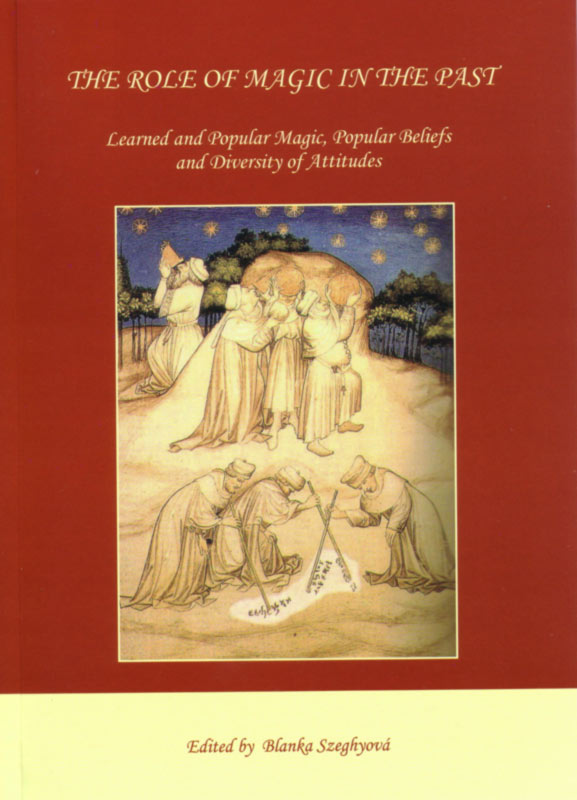The Mystery of the Transmutation of Iron into Copper in the 16th - 18th Centuries
The Mystery of the Transmutation of Iron into Copper in the 16th - 18th Centuries
Author(s): Miroslav Kamenický
Subject(s): History, Cultural history, Customs / Folklore, Modern Age, Culture and social structure , 16th Century, 17th Century, 18th Century
Published by: SAV - Slovenská akadémia vied - Historický ústav SAV
Keywords: magic; alchemy; transmutation; metallurgy; iron; copper; modern age;
Summary/Abstract: Alchemy is a special branch of learned magic. In Central Europe it was cultivated more than all the other offshoots of learned occultism. Alchemy, like the mentality supporting it, relied on Aristotelian principles. From the point of view of formal logic, the transmutation of metals was close to Catholic transubstantiation. It was close to the thinking of the early modern person whether from the Catholic or the Protestant environments. Experimental activity was cultivated in alchemy. It combined real and practical metallurgy with speculative metaphysics. There were extraordinarily many real stimuli for alchemy in the Habsburg Monarchy. For example, there were gold, silver and copper mines in the territory of present day Slovakia. These were notable for strange mysteries, for which the scientific knowledge of the time could give only speculative explanations.
Book: The Role of Magic in the Past. Learned and Popular Magic, Popular Beliefs and Diversity of Attitudes
- Page Range: 58-63
- Page Count: 6
- Publication Year: 2005
- Language: English
- Content File-PDF

